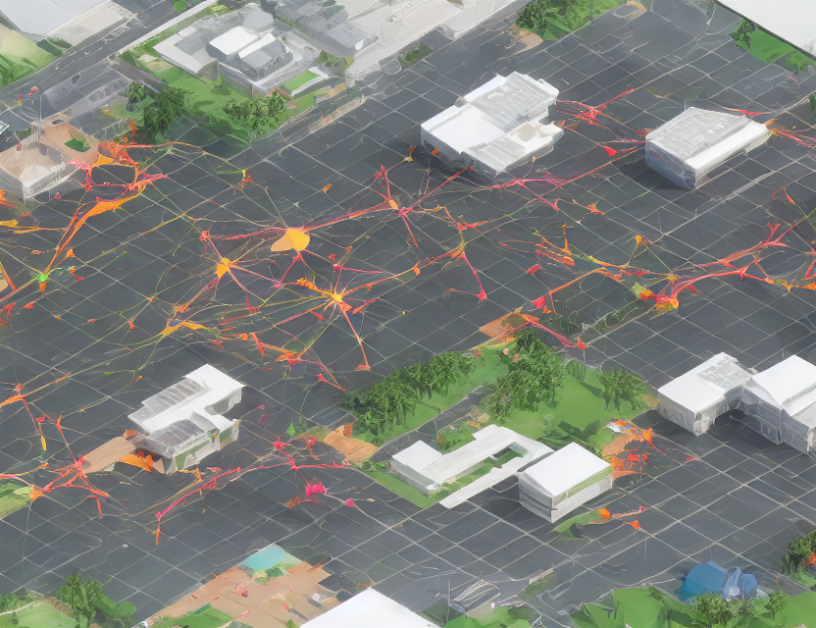In this article, we delve into the realm of graph neural networks (GNNs) and their applications in modeling complex relationships between nodes in heterogeneous graphs. The authors introduce the problem of homophily and heterophily, where homophily refers to the tendency of similar nodes to connect with each other more frequently than expected by chance, while heterophily indicates the opposite trend. To address this challenge, they propose a novel attention mechanism that assigns weights to neighboring nodes based on their similarity to the current node, thereby enabling the GNN to focus on the most relevant neighbors.
The authors begin by highlighting the limitations of traditional GNN designs, which often rely on fixed neighborhood aggregation rules or heuristics that do not adapt to changing graph structures. They argue that these approaches can lead to suboptimal performance in modeling heterophily and homophily, particularly when dealing with large-scale graphs. To overcome this limitation, the authors propose a dynamic attention mechanism that learns to assign weights to neighboring nodes based on their similarity to the current node. This allows the GNN to selectively focus on the most relevant neighbors, enabling it to capture complex patterns and relationships in the graph.
The authors then present experiments on several real-world datasets that demonstrate the effectiveness of their proposed attention mechanism. They show that their approach outperforms traditional GNN designs in terms of accuracy and efficiency, particularly when dealing with large-scale graphs. Moreover, they provide insights into how their attention mechanism can be used to model heterophily and homophily in different contexts, such as citation networks and web graphs.
In conclusion, the authors provide a comprehensive overview of the challenges associated with modeling heterophily and homophily in graph neural networks, and propose a novel attention mechanism that addresses these challenges. Their approach demonstrates superior performance in capturing complex patterns and relationships in large-scale graphs, and has broad implications for applications such as social network analysis, recommendation systems, and natural language processing. By providing a more nuanced understanding of the attention mechanism in GNNs, their work has the potential to demystify this important concept and inspire further research in the field.
Computer Science, Machine Learning
Accessing High-Quality Homophily Ratio Estimation via Training Sets



